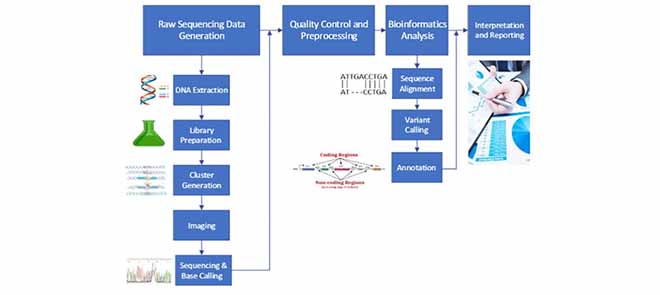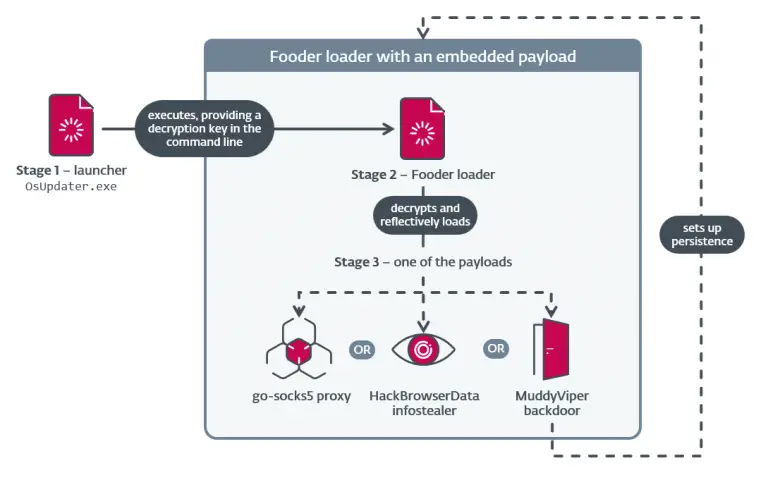
Scientists are sounding the alarm: DNA sequencing technologies may become the next prime target for cyberattacks. The concern centers around next-generation sequencing (NGS)—a pivotal tool in modern medicine and biotechnology. This technology underpins personalized medicine, cancer diagnostics, infectious disease tracking, agricultural biotechnology, and forensic science. Yet, alongside its vast potential, NGS introduces unforeseen threats—particularly if its security is not proactively addressed.
A groundbreaking study published in IEEE Access offers the first comprehensive analysis of cybersecurity risks spanning the entire NGS workflow—from the preparation of biological samples to the analysis of genetic data. The project was led by Dr. Nasrin Anjum of the University of Portsmouth, in collaboration with researchers from several institutions in the United Kingdom and Pakistan.
At the heart of the issue lies the complexity of the DNA processing chain, which involves not only laboratory equipment but also specialized software, interconnected systems, and massive volumes of data. Each of these components may be vulnerable—especially given that portions of genetic data are often made publicly accessible. This creates a fertile ground for misuse: from surveillance and discrimination to the development of biological weapons based on harvested information.
Dr. Anjum warns, “We aim to convey that the protection of genomic data is not merely a matter of encryption. We must anticipate threats that do not yet exist. A paradigm shift in security for precision medicine is essential.” According to her, cyberbiosecurity remains a dangerously underappreciated field, despite its critical significance.
Among the potential attack vectors identified by the researchers are the embedding of malicious code within synthetic DNA, the use of artificial intelligence to forge or manipulate genetic data, and techniques for re-identifying individuals from anonymized datasets. Dr. Mahrin-Ul-Hassan, a microbiologist and co-author from Shaheed Benazir Bhutto University, emphasizes the gravity of such threats: “Genomic data represents one of the most intimate forms of information. A breach could have far-reaching implications—not only for individuals but for society at large.”
The authors stress that without interdisciplinary collaboration—between IT professionals, biotechnologists, and cybersecurity experts—the safeguarding of NGS cannot be fully realized. At present, defensive measures are fragmented, and cross-disciplinary engagement remains insufficient.
In conclusion, the researchers proposed a set of concrete measures to bolster protection: from secure sequencing protocols and robust data encryption to the deployment of AI systems capable of detecting anomalies. Most importantly, they compiled a unified threat matrix encompassing all potential risks associated with NGS—an essential foundation for crafting a comprehensive cyberbiosecurity strategy before this powerful technology falls into the wrong hands.


